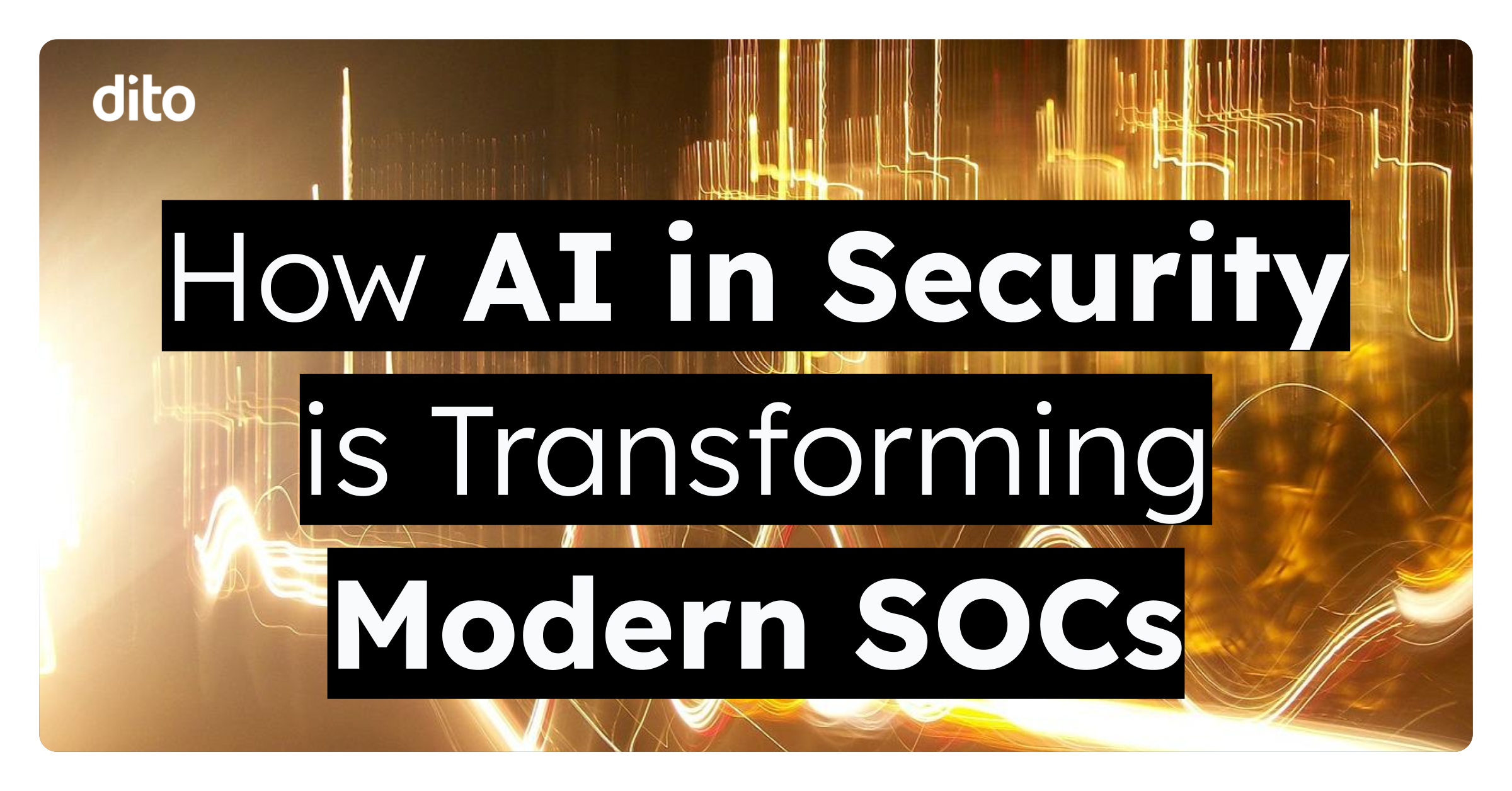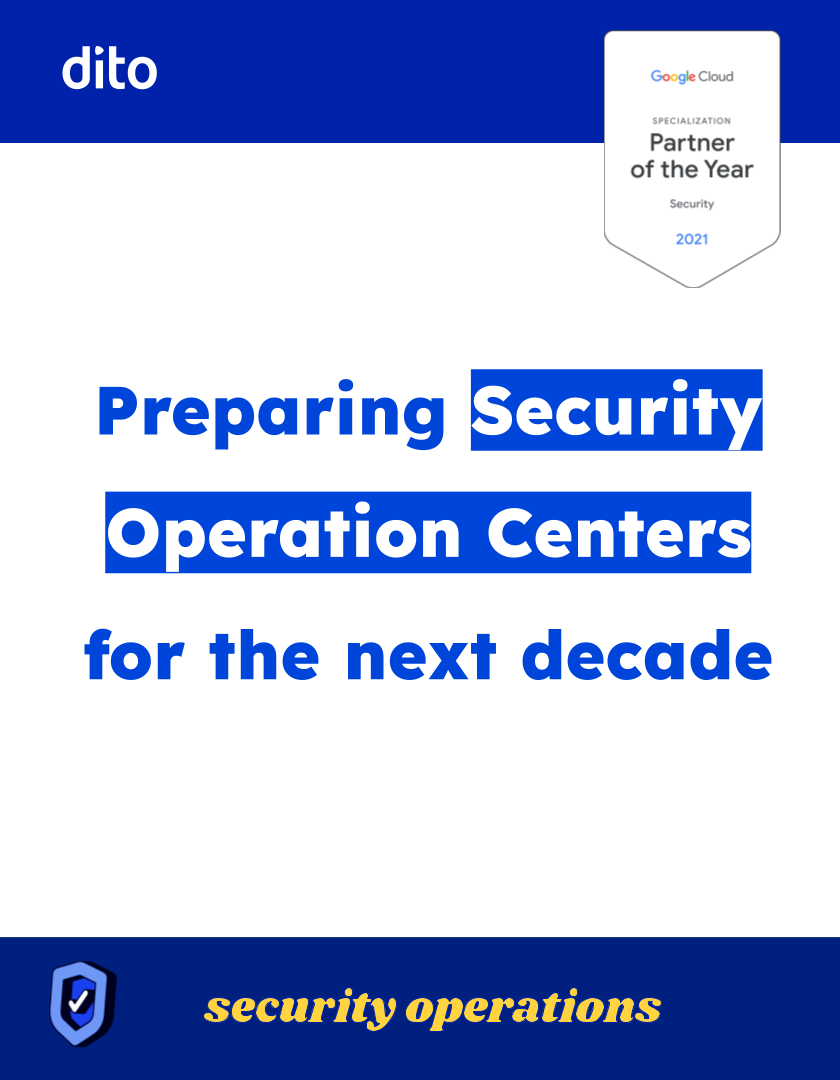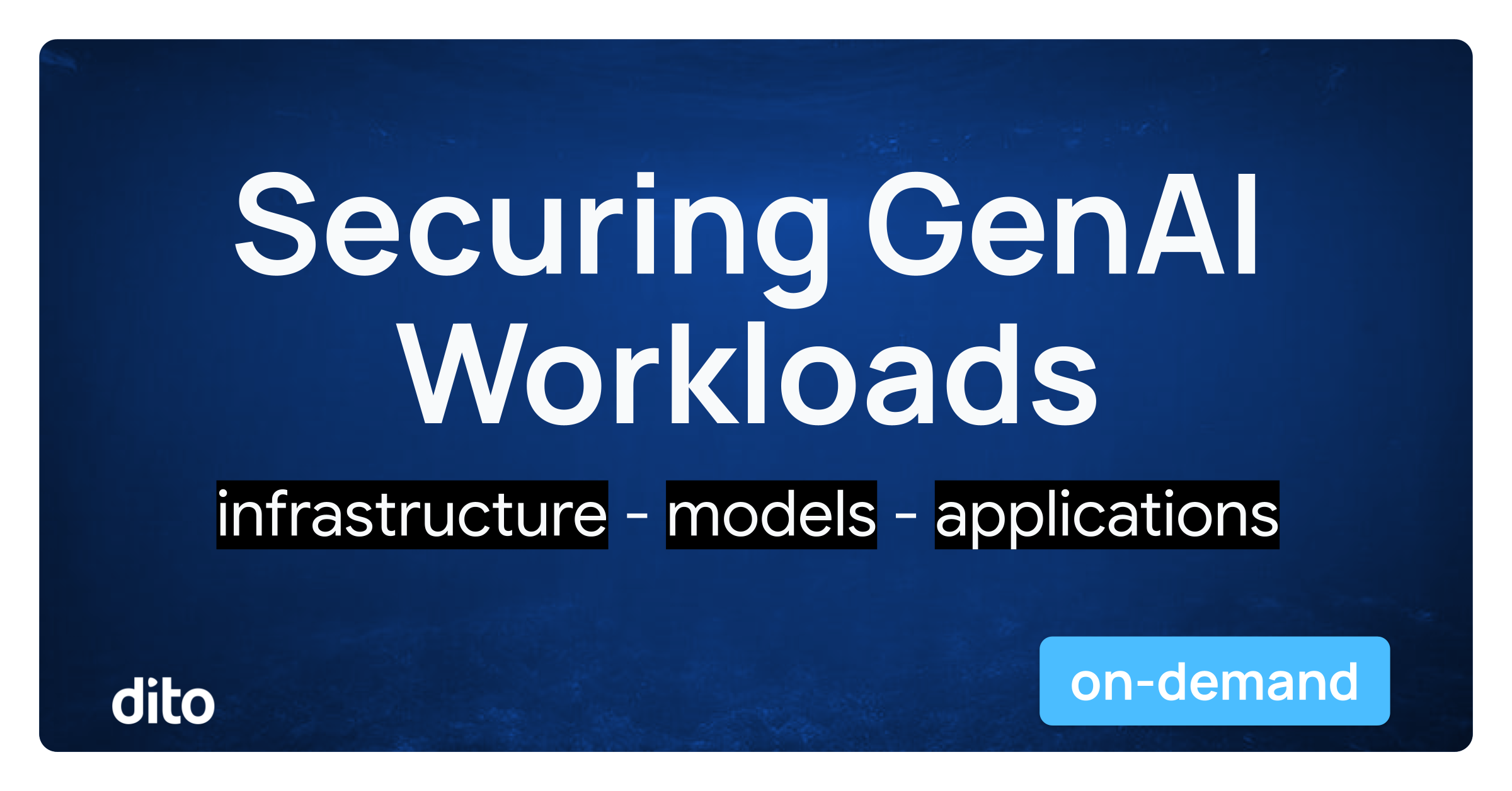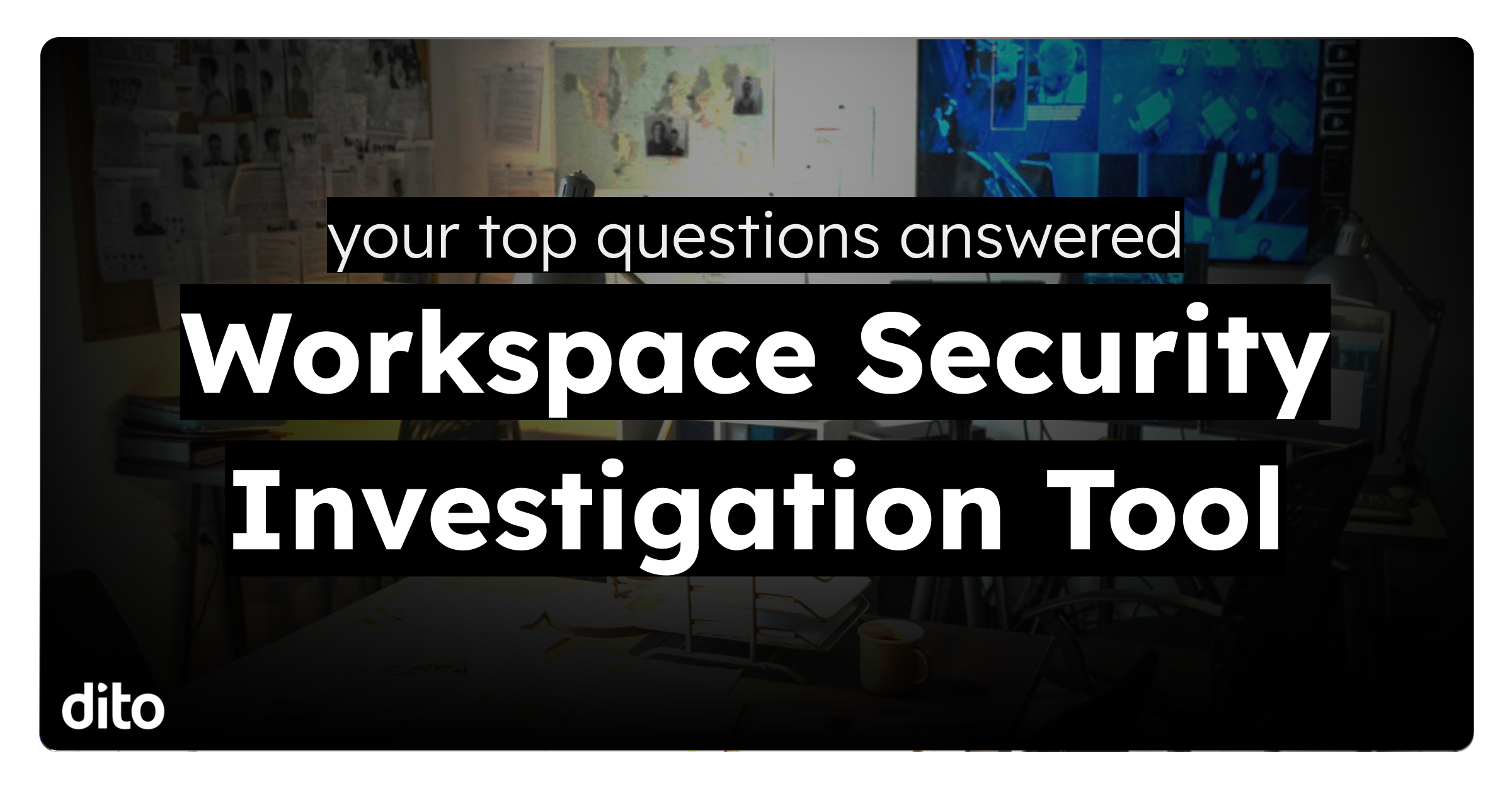With cyber threats evolving at breakneck speed, modern Security Operations Centers (SOCs) are leaning into AI/ML. As we move into a new era, AI is becoming a transformative force reshaping the cybersecurity function. These technologies are empowering SOCs to move beyond reactive measures, enabling them to predict, prevent, and respond to threats with unprecedented speed and accuracy.
The integration of AI into security operations isn’t just an upgrade; it’s a paradigm shift. It’s about transitioning from a world where human analysts are overwhelmed by data to one where they’re empowered by intelligent systems that can sift through noise, identify patterns, and highlight what truly matters. This shift is crucial in a digital ecosystem where the volume, velocity, and variety of data have long outpaced human capabilities.
Let’s explore 8 ways how AI and ML are revolutionizing SOCs and why preparing for this AI-driven future is no longer optional, but essential, for robust cybersecurity.
1. Supercharged Threat Detection
AI-powered systems are redefining threat detection. Unlike traditional rule-based approaches, ML algorithms can:
- Analyze vast datasets to uncover hidden patterns
- Identify anomalies that might indicate emerging threats
- Adapt to new attack vectors without manual updates
This enhanced detection is particularly effective against zero-day exploits and sophisticated malware that often slip past conventional defenses.
2. Efficiency on Steroids
Time is critical in cybersecurity, and AI is a game-changer in this regard:
- Automated analysis of security logs and data
- Rapid identification of potential threats
- Freeing up analysts for strategic tasks like incident response and proactive threat hunting
Notably, generative AI tools are empowering security analysts to rival data scientists in their ability to navigate and interpret complex log data.
3. Farewell to False Positives
One of the biggest challenges for SOC teams has been the flood of false positives. AI is addressing this by:
- Training models to distinguish between benign activities and genuine threats
- Dramatically reducing alert fatigue
- Allowing teams to focus on real incidents that demand attention
4. Behavioral Analytics: The New Frontier
AI enables sophisticated behavioral analytics, which can:
- Analyze user and entity behavior patterns
- Identify deviations that might indicate insider threats or compromised accounts
- Detect subtle signs of lateral movement within networks
5. Crystal Ball: Predictive Analytics
The predictive capabilities of advanced ML models are like having a cybersecurity crystal ball:
- Analyze trends and patterns to forecast potential threats
- Enable proactive addressing of vulnerabilities
- Strengthen defenses before attacks occur
6. Scaling for the Data Deluge
As data volumes explode, AI provides the scalability needed to keep pace:
- Process and analyze data at scales impossible for human analysts
- Adapt to the growing complexity of modern IT environments
- Provide comprehensive coverage without proportional increases in manpower
7. Continuous Improvement Through Adaptive Learning
AI systems in cybersecurity are not static; they evolve:
- Continuously learn from new threat intelligence
- Adapt based on feedback from incident responses
- Become increasingly effective over time, enhancing overall security posture
8. Tailored Protection
The flexibility of AI allows for customized security solutions:
- Models can be tailored to specific organizational needs and environments
- Integration with a wide range of security tools enhances the overall SOC ecosystem
- Provides more relevant and effective threat detection for each unique organization
As we look towards the next decade, it’s clear that AI and ML are not just enhancing SOCs – they’re redefining them. However, it’s crucial to note that embracing AI in your SOC isn’t just about software upgrades. Organizations need to be aware of and prepare for the resource investments required to support these powerful technologies. This transformation enables organizations to stay ahead of the rapidly evolving threat landscape, protecting critical assets with unprecedented precision and foresight.












